The digital age is a wonderful thing. Many physical card games that I used to play or dabble in have undergone the transition into data, making them much more accessible to the general public. Following the release of Konami’s Yu-Gi-Oh! Master Duel is Wizards of the Coast’s Magic Spellslingers – and yes, it’s that Magic: The Gathering.
Magic Spellslingers is Wizards’ newest entry into Magic: The Gathering digital card games, and this one was built with the idea of trimming the game down enough that core MTG gameplay is still there, while leaving the game easy enough for new players to understand and that hopefully, this game will serve as a springboard for them to enter the actual game or move on to more advanced Magic.
Magic Spellslingers is available on both the Google Play Store and the App Store. For players who’d like bigger resolutions and overall better performance, the game is also available on Steam. Note that for the purposes of this Magic Spellslingers guide, I’ll be using the PC version of the game.
While veterans of MTG probably won’t need a guide to Magic Spellslingers (aside from crafting), newer players may want a guide to ease themselves into the card game’s core mechanics and concepts. If this is your first time to enter the wonderful multiverse of MTG, read on!
Understand the Game Mechanics: Game Mechanics and Turn Flow
You’ll need to understand the rules if you want to play the game. If you’re worried about having to delve into the complexity of base MTG, don’t worry: Magic Spellslingers uses a watered down version of the base game, and is more akin to Hearthstone or Shadowverse in terms of presentation.
Basics
Battles in Magic Spellslingers involve two players duking it out on the field of battle. Both players will take their turns, summoning creatures to do their bidding, casting spells, and laying traps to frustrate and hamper their opponents.
The ultimate objective of each match is to reduce your opponent’s life to zero. This can be accomplished by using creatures to attack them, but can also be done by hitting them directly with spells or abilities.
Mana
All cards in Magic Spellslingers cost mana to play, as denoted by the number on their upper left. You gain mana automatically at the start of your turn (depending on your Land card), but there are other ways to gain mana, such as via Spell cards.
Game Flow
Before the battle starts, the game randomly decides which of the two players will go first. Each player then draws their starting hand and is then given the option to redraw any of the cards in their opening hand. Once this is done, the game starts.
The turn player then draws a card and activates their Land card, which usually (but not always) gives them one mana gem to spend. They can then play any card from their hand, so long as they can pay for it. While the only limit on the number of cards you can play per turn is your mana, be wary that you can only have a maximum of 5 creatures on the field. You can, however, opt to replace any of them by dragging the new creature from your hand over the old one on your field.
If the turn player has any creatures that can attack, they can declare an attack with any of them. Note that you don’t have to attack with every single creature. You also only have one combat phase per turn; you can’t attack with one creature first, play a card, then decide you want to attack with even more creatures.
After the combat phase, the turn player can continue playing cards from their hand. Once they’re satisfied, they can end their turn, at which point the cycle continues with the next player drawing a card and activating their Land card.
Note that, as a handicap, the turn player who goes second draws an extra card for their starting hand and gains a fragile mana gem. This fragile mana gem effectively gives the second player +1 maximum mana until it’s spent, which will shatter the gem. This allows the second player to play 2 mana cards on their first turn, to help them defend against the pace set by the first player.
The Combat Phase
The combat phase is very important, and if you’re completely new to Magic: The Gathering, you may be surprised by some of the mechanics.
The combat phase starts when the turn player declares their attackers. In a surprising turn of events, the defender has a considerable advantage here, as they can select which of their creatures blocks which attacker. Note that there’s a one-to-one ratio when blocking attacks; this means that if your opponent has more attackers than you have defenders, some of their hits will go through, and it’s up to you to mitigate the damage from these hits.
MTG also has a specific ability that both new and old players should watch out for, namely Flying. Creatures that have Flying cannot be blocked by creatures that don’t have either Flying or Reach. Flyers are a good way to chip at and snipe your opponent’s health if they have an array of beefy creatures.
Creatures have both a Power and a Health stat, where Power is on the card’s lower left and health is on the lower right. Whenever a creature fights, it deals damage equal to its Power, and if it’s fighting another creature, any damage it takes goes to its Health. Note that combat is simultaneous – both creatures deal damage to each other at the same time.
Creatures with zero Health are destroyed and removed from the field. Finally, if a creature isn’t blocked, it attacks the defending player directly, and they lose life equal to that creature’s power.
Understand the Game Mechanics: Cards
There are many types of cards in Magic Spellslingers, and a good deck makes use of each of them to gain the upper hand in combat.
Creatures
Creatures represent the forces that you’ll be deploying to defeat your opponents. These can range from small but numerous goblins to majestic dragons and well-trained armies.
Creatures always have three stats: a cost on the upper left, a Power stat on the lower left, and a Health stat on the lower right. As mentioned earlier, Power and Health come into play when creatures smack each other around during the combat phase. It’s also important to note that any modifiers to Power and Health are written as 0 / 0, where the zeroes would represent the modifiers. For example, +2/-1 gives a creature 2 Power and -1 Health.
While we’re on the topic of combat, it’s important to note the concept of summoning sickness. This is a term that simply means that a creature cannot attack on the turn that it’s played.
Creatures also always have a type, which describes what they are. In the image above, the Ceremonial Guard counts as both a Giant card and a Soldier card. This is important for cards that require specific targets, ie, a card that could target a Soldier can target Ceremonial Guard.
Finally, creatures can also have abilities. These abilities are denoted through the use of keywords, which I’ll tackle in a bit.
Spells
Spell cards are powerful fire-and-forget abilities. Once played, they activate their effects, then go to the graveyard. While they don’t persist, don’t underestimate their importance: a well-placed spell can make a huge difference in a battle!
Traps
Trap cards can be used to thwart your opponent’s plays by triggering their effects in response to an opponent’s actions. Unlike in Yu-Gi-Oh! Master Duel, you don’t need to place traps on the field. Instead, you arm traps by activating them from your hand.
Armed traps will reserve some of your mana for their activation, and if they’re triggered by your opponent, will use that mana. You can also disarm a trap if you’ve made a mistake simply by dragging it out to the field again.
Traps are particularly devious since they can be used to play mind games with your opponent. Since they reserve some mana, you may want to be careful about attacking a foe that has some leftover mana…or, they could be bluffing.
Artifacts
Artifacts are sometimes magical, sometimes mundane items that provide their controller access to their abilities. When played, an artifact stays on the field until its charges are used up (the number of charges on artifact has is at the bottom left of the card). Each time you activate the artifact’s effect, it loses one charge, and when it’s out of charges, it leaves the field. Note that you can only activate an artifact’s effect on your turn, and once per turn per artifact.
Land
Land is the source of all mana and is where your leader draws their strength from. In regular Magic: The Gathering, Land is a separate card that has to be drawn and played. In Magic Spellslingers, however, you only need one Land card in your deck, and it’s played automatically at the start of your turn – which is where your mana gems come from.
Note that while each leader comes with their own Land, there are special Land cards that you can use instead of the default five. These Land cards come with their own benefits and drawbacks, and choosing your Land card is an important part of the deckbuilding process.
Legendary Cards
Some cards are classified as legendary. You can only have one copy of each Legendary card in your deck. These are very powerful cards that can turn the tide of battle on their own, so don’t be afraid to build around them!
Keywords
Abilities in Magic Spellslingers are described through keywords. Here’s a list of some of the common keywords you’ll run across, and what they do.
- Armor: The first time a creature with armor would be dealt damage, that damage is negated and the creature loses Armor.
- Can’t Attack: This creature can’t attack.
- Can’t Block: This creature can’t block.
- Debut: Debut effects activate when a creature is put into play.
- Draft: Cards that Draft will present you with 3 choices.
- Drain: Dealing Drain damage also heals you for the same amount. You can heal over your Spellslinger’s starting health.
- Finale: Finale effects activate when a creature is destroyed.
- Flying: Flying creatures can’t be blocked except by creatures with either Flying or Reach.
- Haste: This creature doesn’t suffer from summoning sickness, and can attack on the turn it’s played.
- Mill: To Mill X is to send X number of cards from the top of a player’s deck to the graveyard.
- Reach: This creature can block Flying creatures.
- Relentless: The first time this creature dies, return it to the field and give it Can’t Block.
- Sneak: Sneaking creatures can’t be blocked the first time it attacks. Once that happens, it loses Sneak.
- Stun: Stunned creatures can’t attack or block until the end of their owner’s next turn.
- Trample: If a creature with Trample is blocked by an opponent’s creature and it destroys that blocker, your opponent takes the excess damage.
- Ward: Warded creatures can’t be targeted by your opponent’s effects until your next turn.
Deckbuilding 101
Building a deck in Magic Spellslingers is no mean feat. It may sound simple to just stuff 30 cards with a random Spellslinger and call it a day, but careful deck construction can and will lead to victory.
Colors and Deck Types
The world of Magic: The Gathering is best understood through the 5 colors (and the colorless color) of mana. Each of these colors represents a particular philosophy, and you’ll find both heroes and villains of each. In practical terms, however, the color of a deck determines its playstyle and how it operates. In Magic Spellslingers, the color of the borders around the color will denote what color the card is, with colorless being a silver-blue.
- Red is the color of wild, individual freedom. Red is unrestrained and emotional, and this lends itself to Red’s aggressive playstyle. Red cards don’t care about Health, they just need to hit the enemy, whether it’s by indirectly burning them via effect damage or with high Power/low Health creatures.
- Blue is the color of logic and wisdom. Blue sees the world as a well-oiled and organized machine, and is methodical in its approach. Blue decks in Magic Spellslingers reward slow control, defending their players with high Health walls and devious creatures while turtling towards their grand strategy.
- Green is the color of instinct and the natural self. Green seeks continuous growth while in line with nature, whether that nature is that of the world or that of one’s own society. Green cards in Magic Spellslingers are notably very powerful, but also very high cost. To offset this, Green tends to have ways to accelerate its mana income. The end result is a creature-focused playstyle where Green aims to have the biggest, baddest monsters on board.
- White is the color of discipline, morality, and order. White believes that strength comes from adhering to laws and creating civilizations. White cards demonstrate their power through their armies, bolstered by their many buffing effects.
- Black is the color of ambition and the self. Black magic users believe that people should do what they want to do, not because someone else tells them to, and that power is the way to achieve that goal. In Magic Spellslingers, Black cards don’t hesitate to destroy cards (even their own) to fuel their many abilities. It’s all part of the plan.
- Last but not least, colorless cards can be splashed into any deck. These usually show up as magical, artificial constructs such as automata and golems. Note that colorless is not a color; colorless cards don’t count towards cards of other color when deckbuilding.
Of course, this isn’t the only way to play each color. Remember: you’re in control, and it’s up to you how to pilot each deck!
Note that some cards are composed of multiple colors!
Spellslingers and Deck Composition
Each Spellslinger, or Planeswalker in MTG language, has unique characteristics. They’re not just there to stand around and look pretty (though they can do that). Selecting the right Spellslinger for the right deck is a big step in the right direction.
The first Spellslinger you’ll unlock is Chandra, who is a Red Spellslinger. Chandra’s starter deck is a very viable aggro deck, and her ability instantly deals 4 damage to your opponent at the start of a match. However, she’s not the only one who works great with an aggro deck; Angrath, the minotaur pirate, is also more than capable of an aggressive playstyle thanks to his +1/+0 buff on creatures that enter the field after his opponents take damage.
When building a deck, it’s important to note that while your Spellslinger determines the base color of your deck, each Spellslinger also has a unique passive that will determine how you can build your deck. Chandra, for example, has the Splash of Color passive which lets you select a secondary color and allows you to have up to 6 cards of that color in your deck. This allows you to side in creatures, spells, and traps from other colors to address any deficiencies your base color might have.
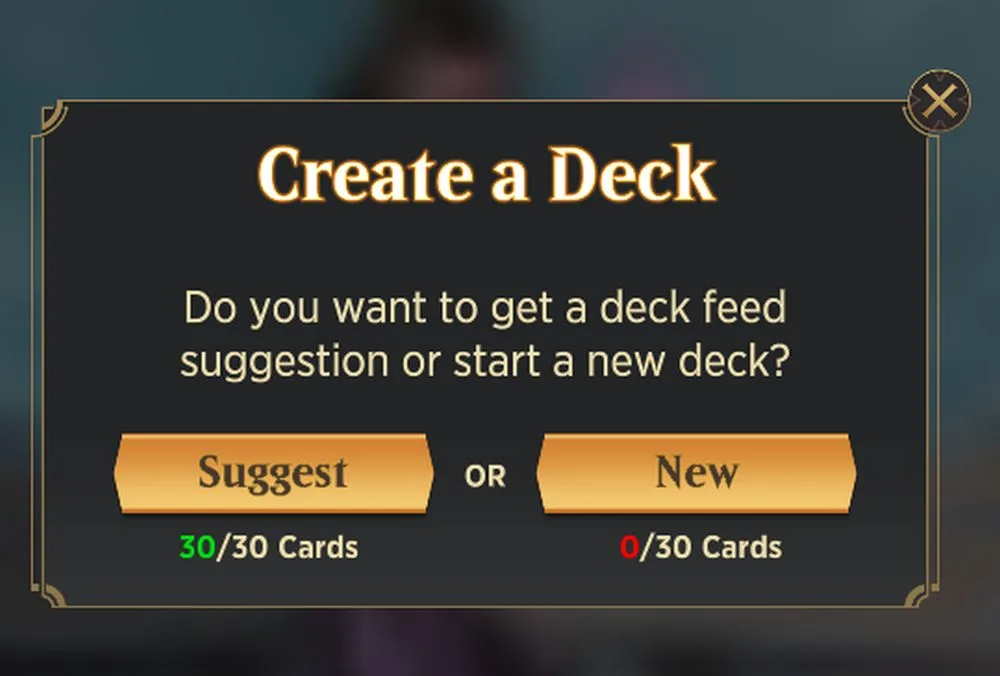
Each Spellslinger can have up to 3 decks of 30 cards each assigned to them, not counting the starter deck they come with. To create a new deck, tap the plus icon on the decks screen when selecting a Spellslinger. For newer players and for those who haven’t mastered the art of deckbuilding in this game (like me), you can have the game automatically create a deck for you.
You can also opt to view suggested decks by tapping on the Deck Showcase button (the star) in the game’s panel. This will bring up some suggested decks that you can either assemble on the spot or work towards.
Earning New Spellslingers
As Spellslingers are central to any deck you want to build, you’ll definitely want to unlock as many Spellslingers as you can.
Spellslingers are unlocked via keys, which accumulate every time you open a booster pack. By completing the tutorials and challenges given to you at the start of the game, you’ll have just enough key progress to unlock one more Spellslinger. Note that other, more advanced Spellslingers also require you to have reached a certain rank in League matches.
Getting More Cards
No card game would be complete without buying more cards. Whether it’s to round out or hone your deck, or just to collect cards and see what you get, here’s how to get more cards in Magic Spellslingers.
Buying Packs
The simplest way to get more cards is by buying booster packs at the shop.
Each booster pack contains six cards, and one of the six cards is guaranteed to be either Rare, Epic, or Mythic. These cards come with a special voice over and are shown to you face-down, and it’s satisfying to flip them face-up to see what you get. Each pack costs 200 gems.
Daily Deals
While you’re at the shop, be sure to have a look at the daily deals. These will offer cards and packs at random – some at a low price – and the selection changes daily. Snag what you can!
Earning Currency
The above two card acquisition require resources in the form of gems and coins. Hence the question: where do I get more of the stuff?
The best method of earning these currencies by far is by completing your challenges. Challenges come in two categories: silver (which are daily challenges that give bigger rewards) and bronze (challenges on a timer that give less rewards). You’ll want to complete as many of these as you can to increase your card-buying capabilities and build a strong deck.
One other thing you should take note of is that you are also given the option to pick a veiled, high-rarity card at the start of your challenges. By completing any challenge, you’ll earn points towards this card.
Leveling up also gives you 100 gems every time you do so, meaning you can get 1 booster pack every two levels. Note that you earn experience even in the Training Grounds, so if you’ve nothing else to do, you can always choose to grind there.
Crafting Cards and Joining Teams
Did I say crafting cards? Yes, I did.
Magic Spellslingers allows you to craft cards by spending Mox Shards, which you get from participating in event matches or by rising up the league ladder. Do be wary though: the higher the rarity of a card, the more Mox it costs to make it, and each color, as well as colorless, uses its own unique Mox Shards. You also cannot recycle cards you own to create more Mox Shards of that color.
If you’re planning to craft a lot of cards, be sure to join a team. Teams can support each other by providing anima and essence for card colors they don’t need, which will reduce crafting costs. Team members can also support one another by fulfilling a daily challenge to duel with each other, which gives out a free booster!
Practice Makes Perfect
Magic Spellslingers is a simplified version of the full Magic: The Gathering, but it provides plenty of depth and fun on its own. Remember: no one is a master at this overnight, so be sure to give yourself time to get comfortable with your playstyle and use that to determine what decks you like to play.
That ends my beginner’s guide for Magic Spellslingers, and I hope you were able to learn something new. If there’s anything I missed, or if you have any tips of your own, make yourself heard in the comments below!

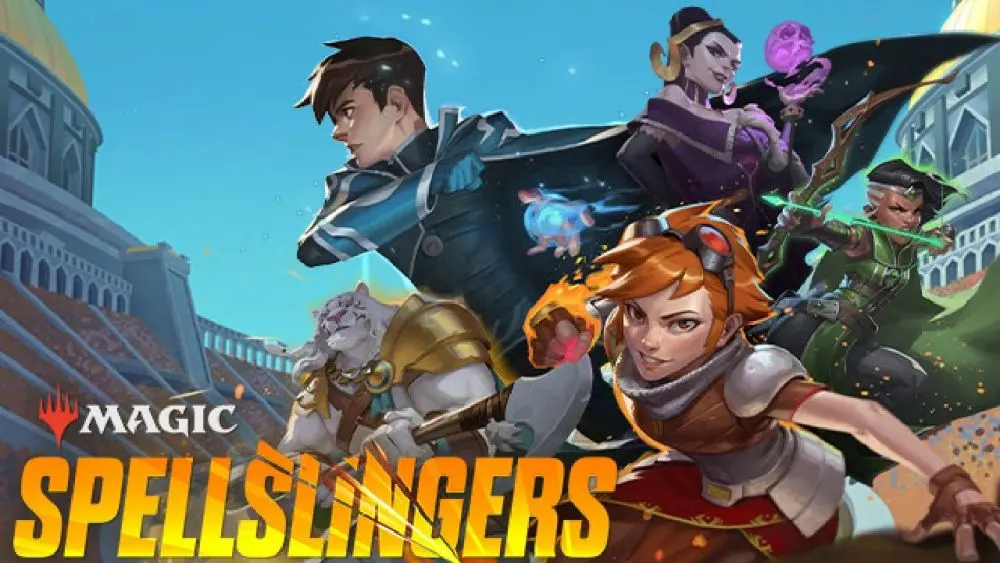
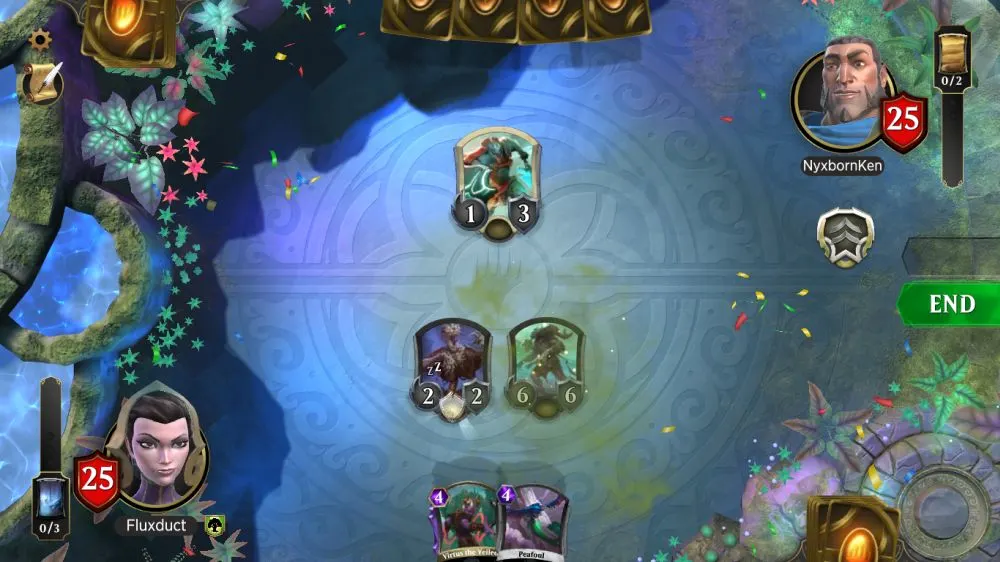
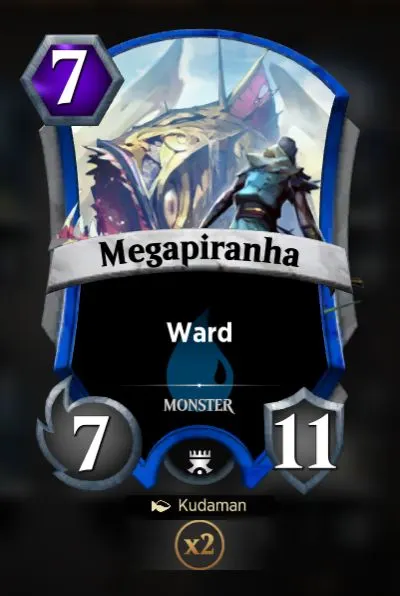
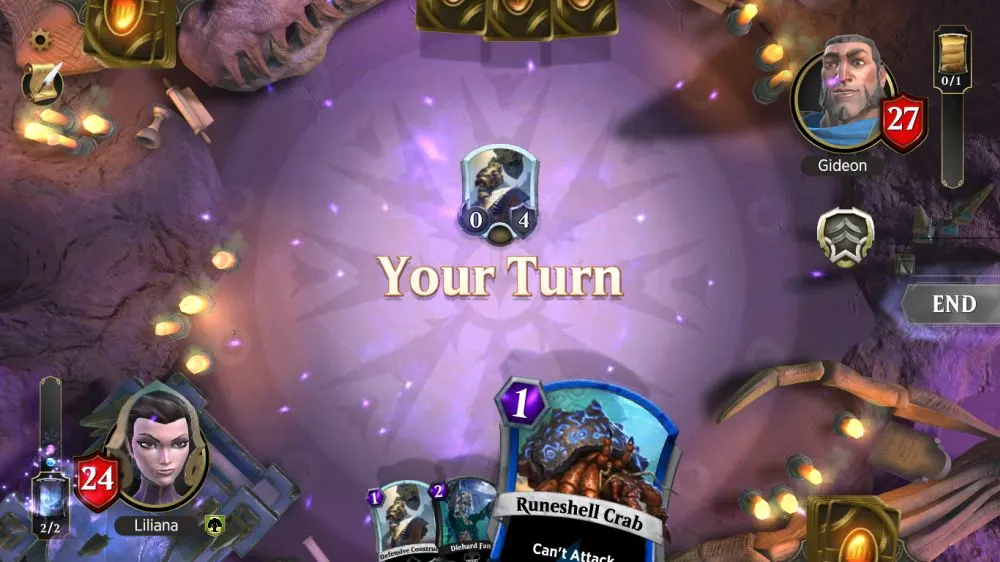
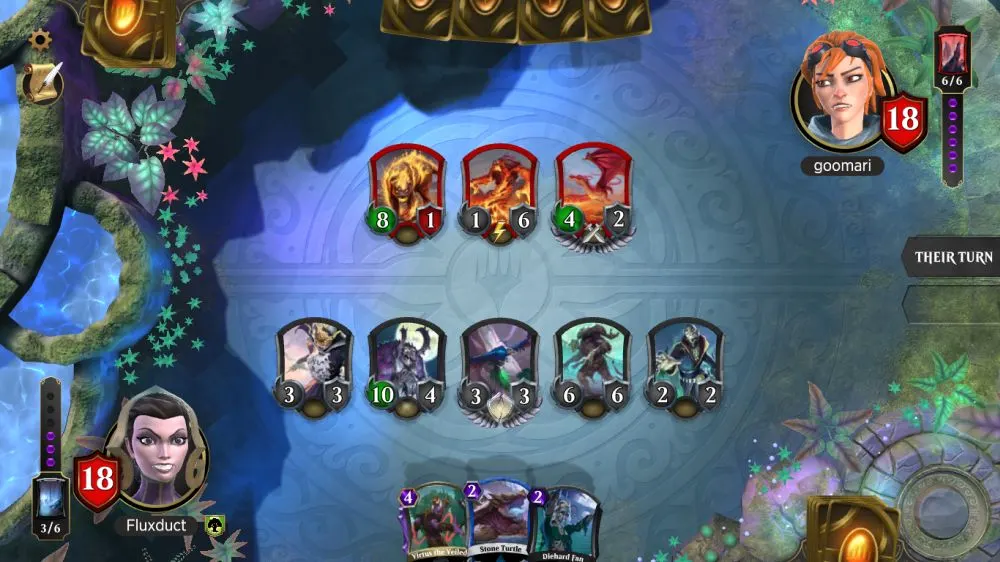
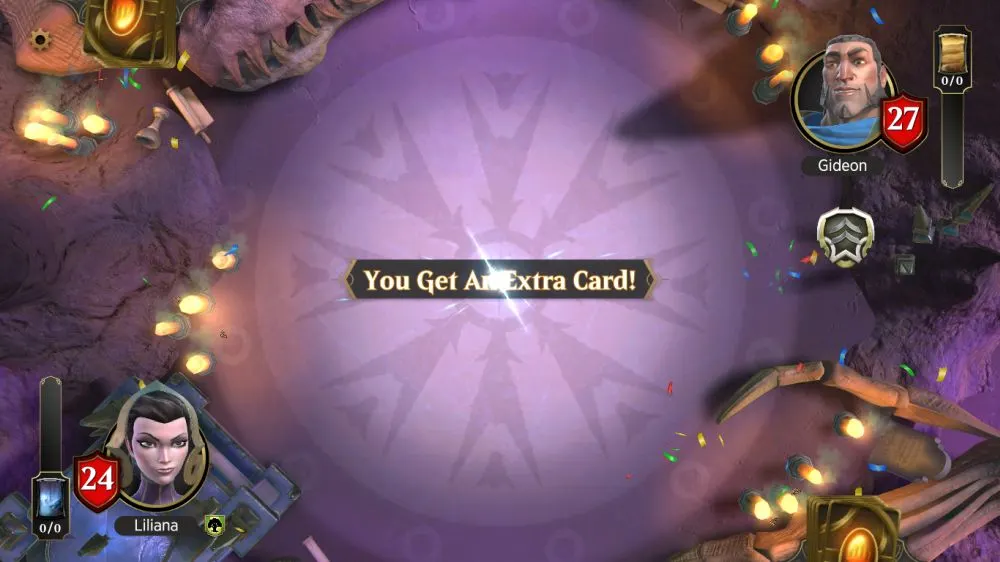
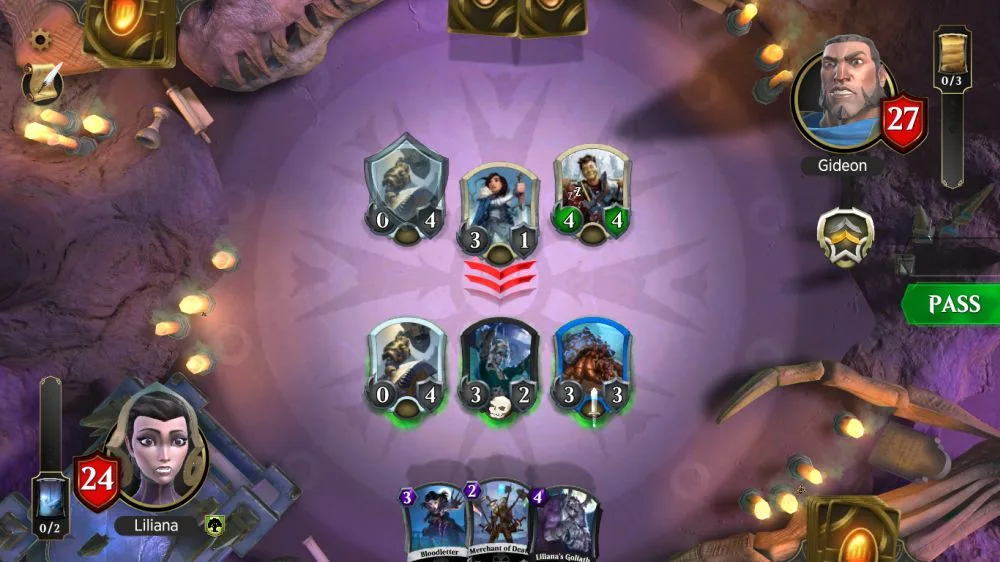
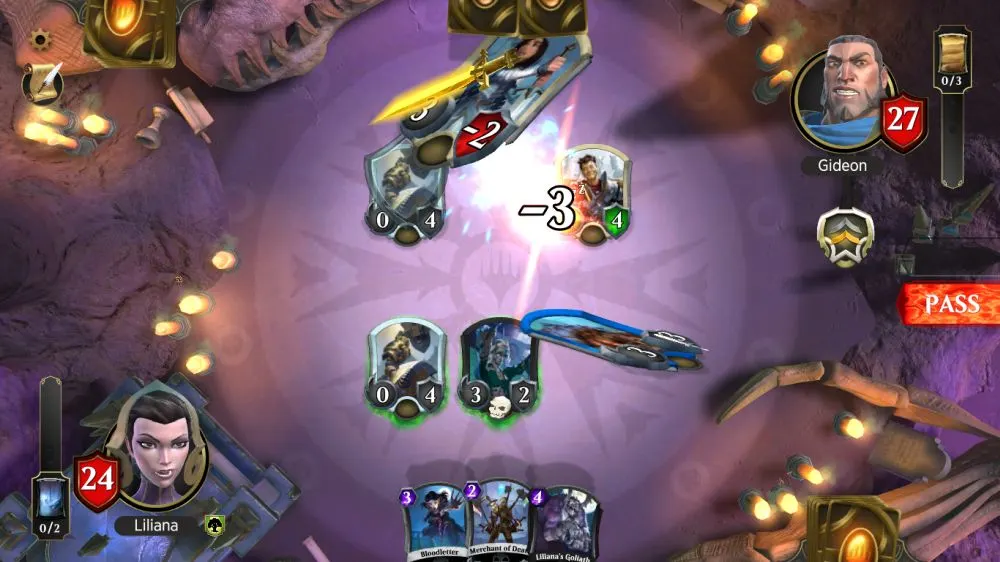
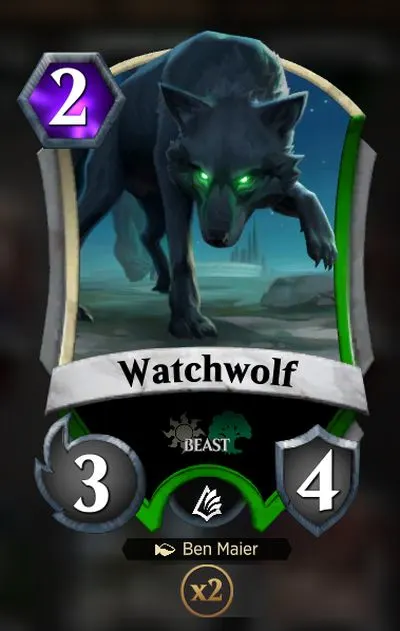
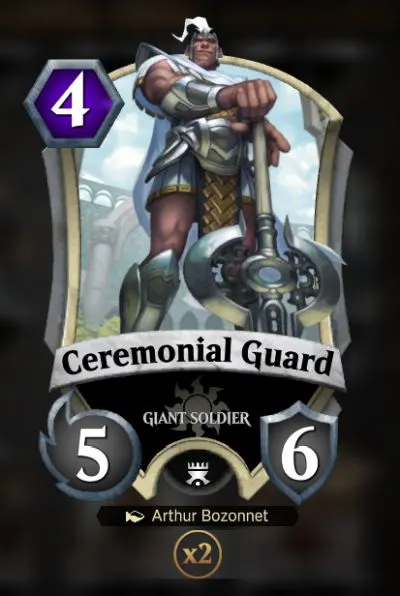
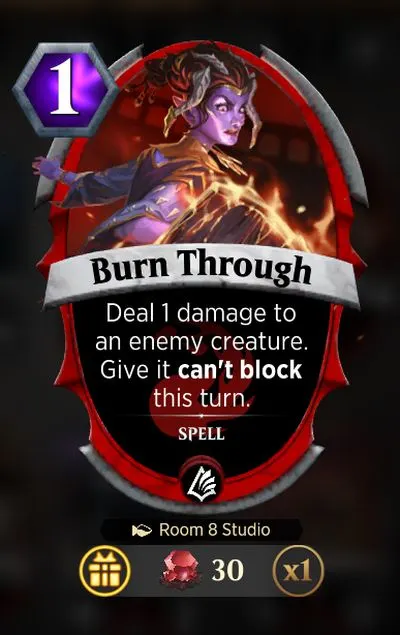
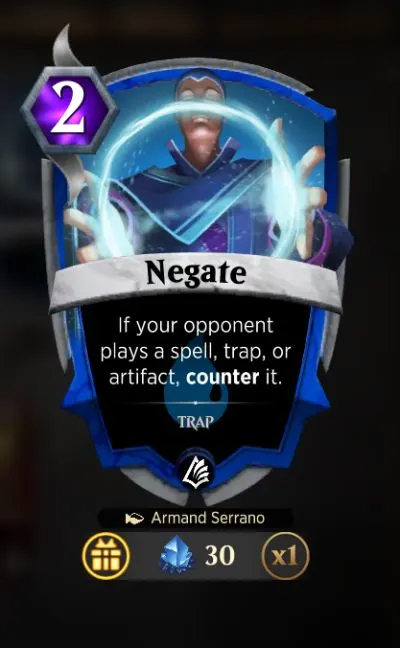
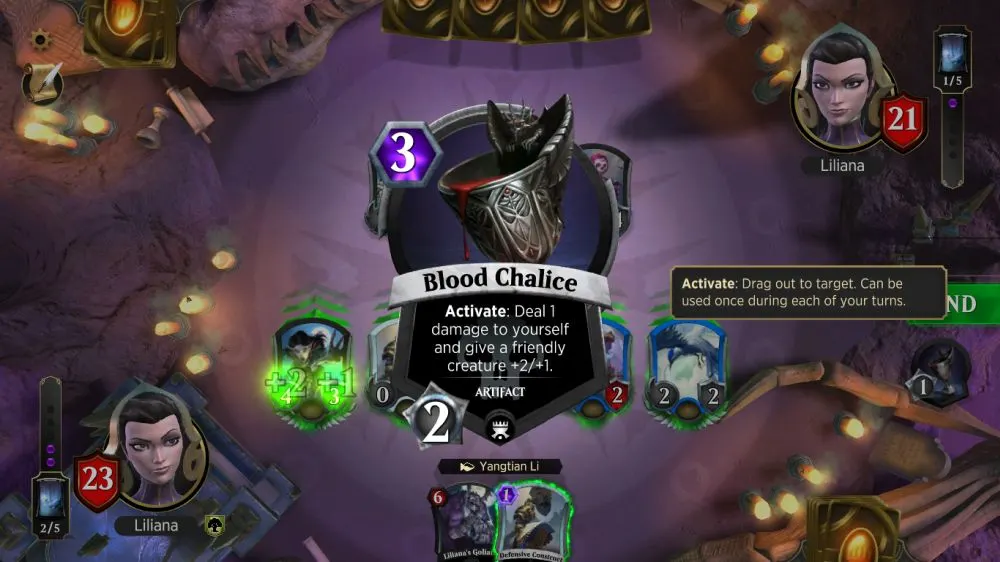
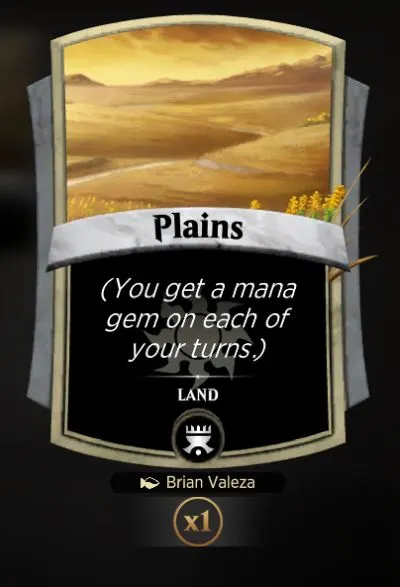
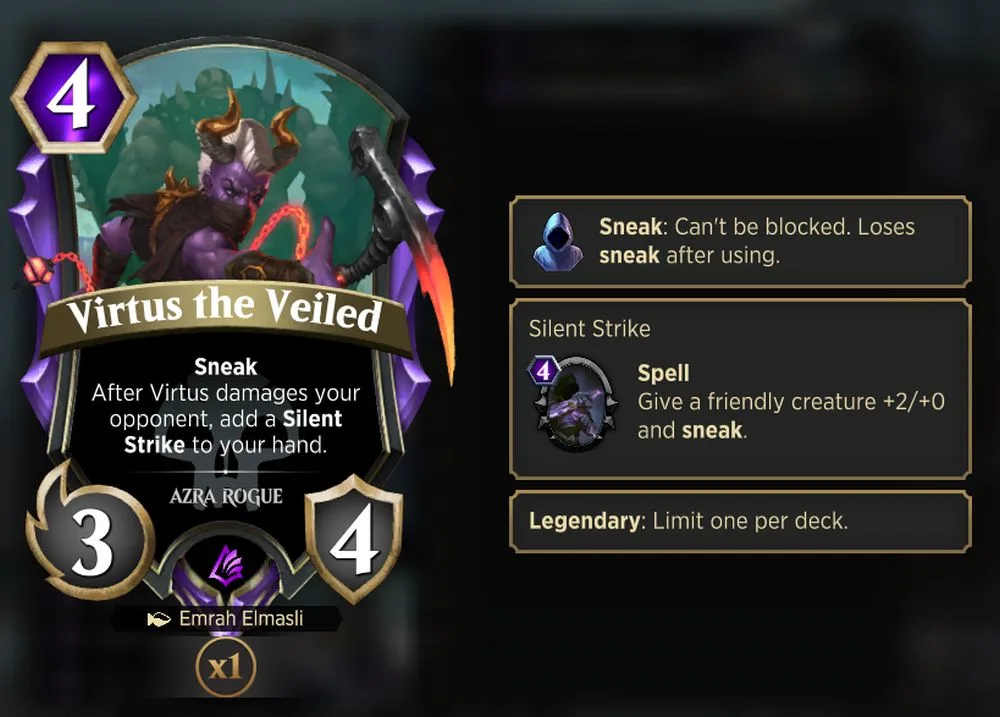
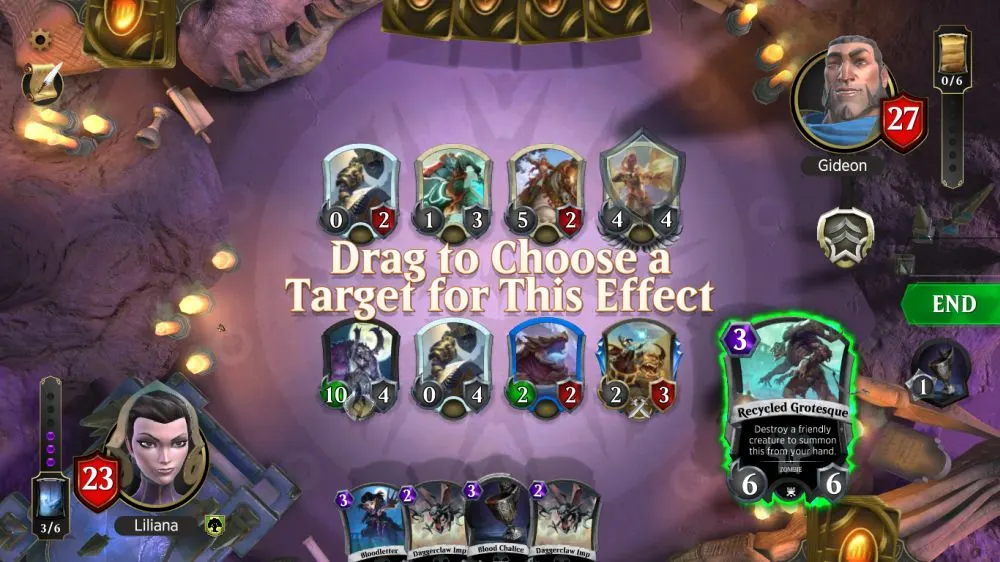
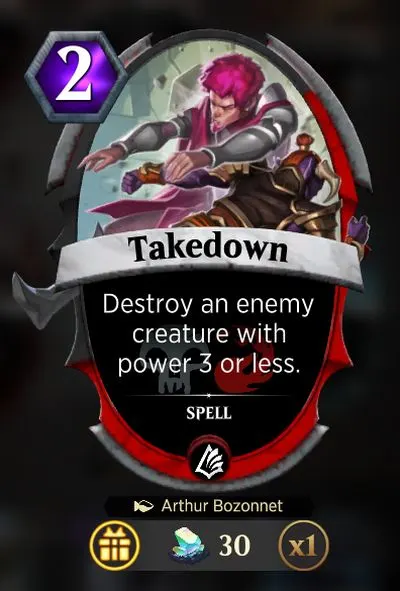
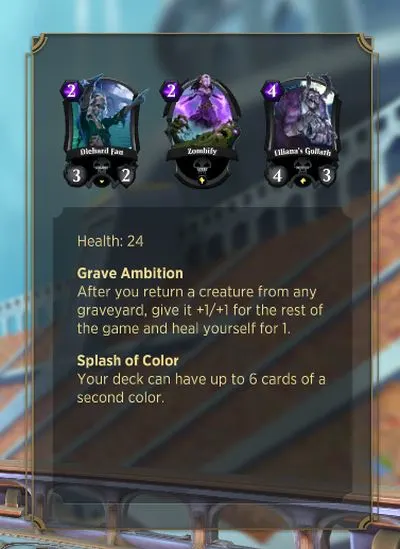
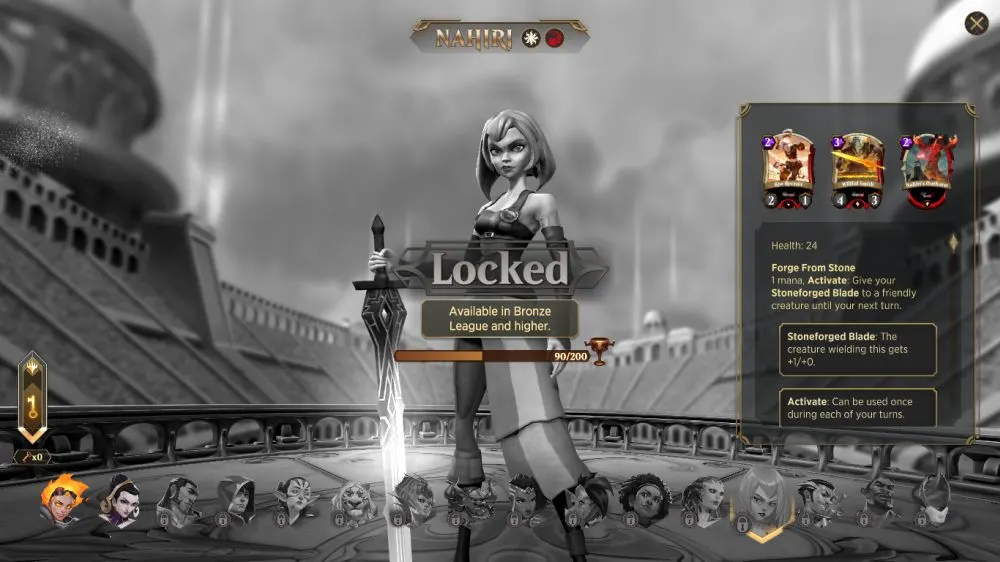
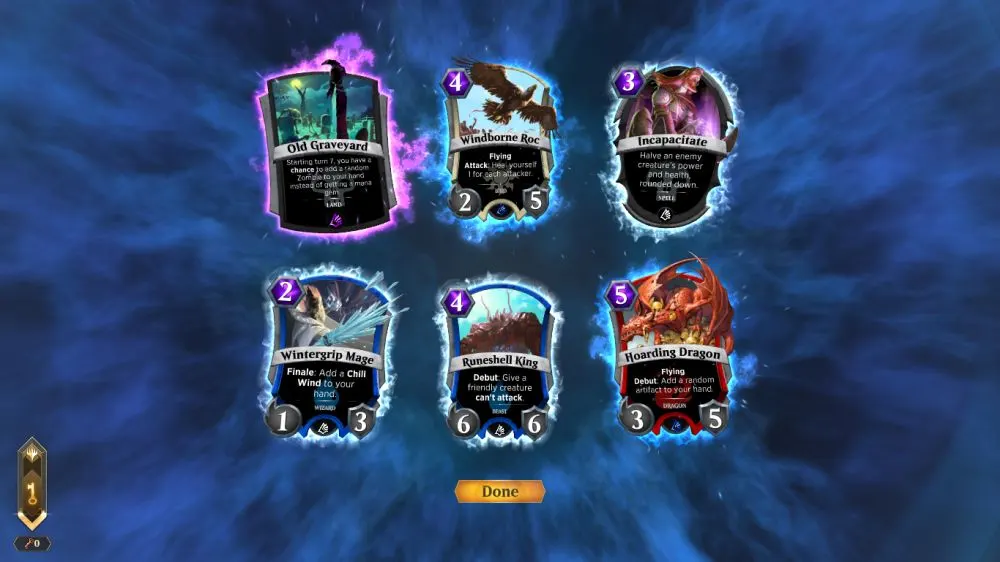
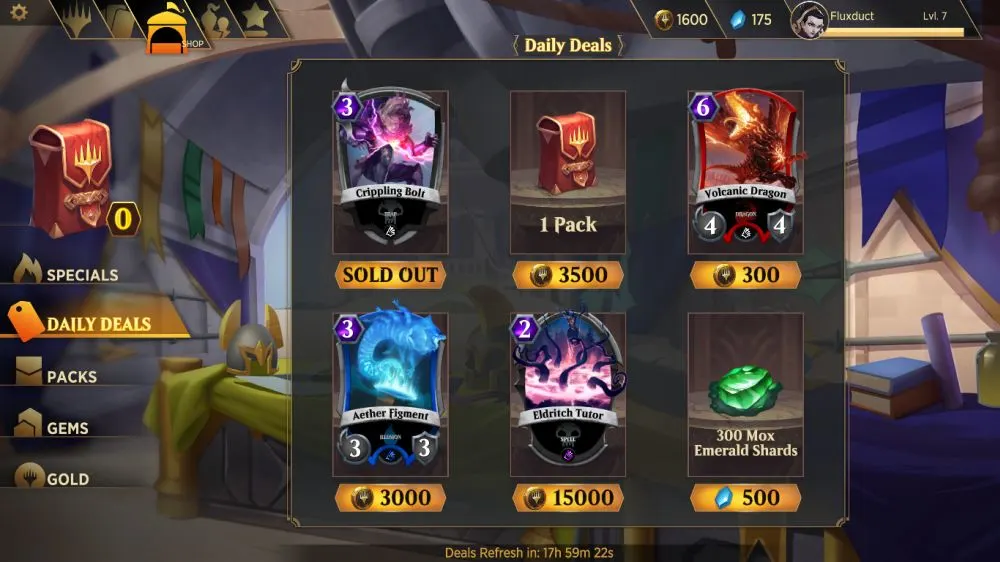
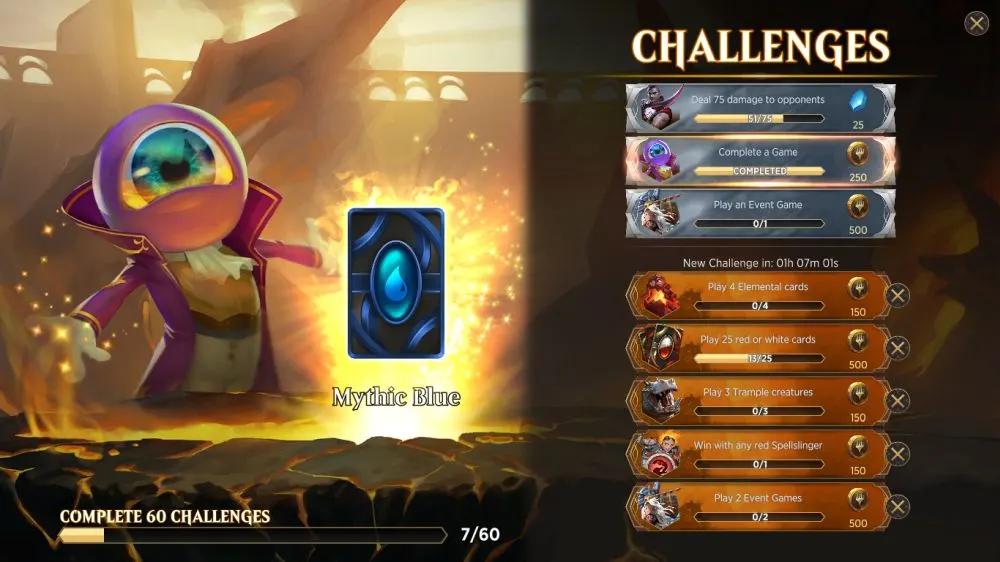

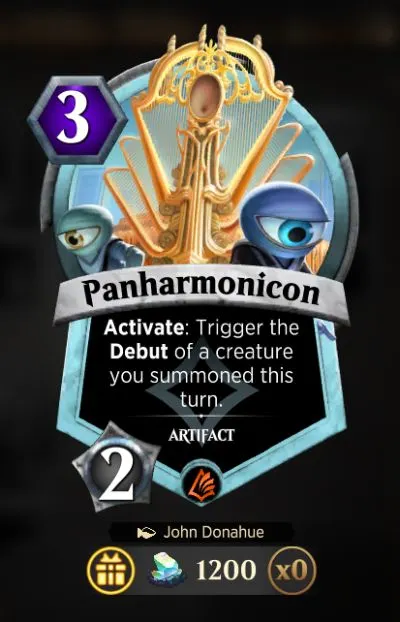
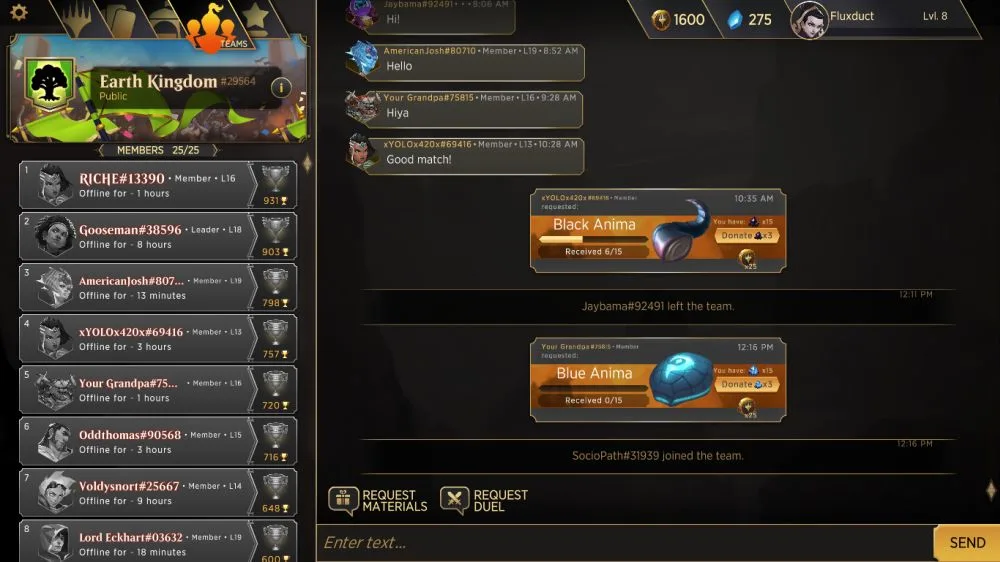
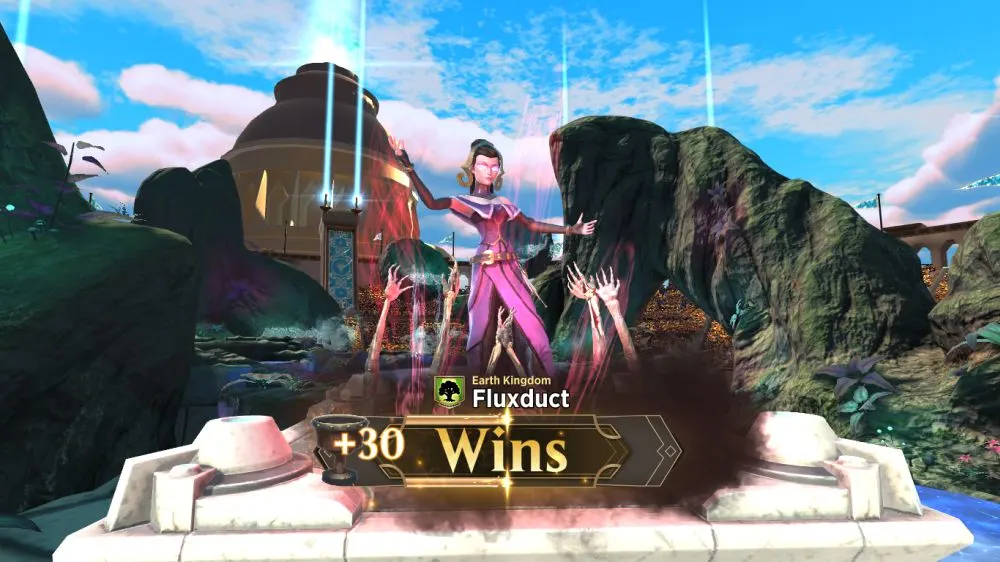
Stan
Sunday 21st of May 2023
Some advice for newcomers, when you get the ability to unlock a new Spellslingers, think carefully. You will likely be using them a lot. Also I recommend avoiding a blue Spellslinger if you’re new to card games. And instead I recommend black or green. Also keep in mind the strength of a card compared to its cost. If a creature costs 3, it should be a 3/4 or a 4/3. If it’s not? It’s ability must be good enough to justify the loss in value. Good luck!